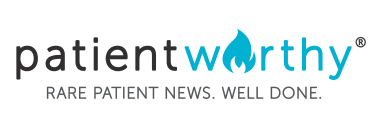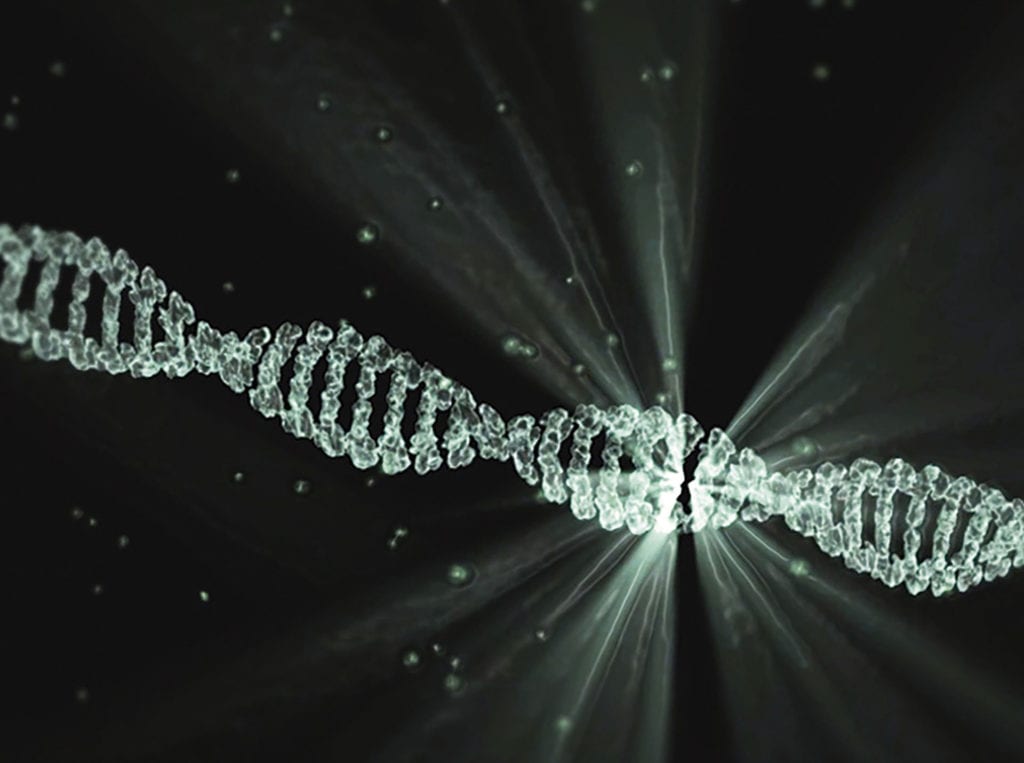A new study uncovered two proteins that may be able to reduce symptoms in certain diseases. The proteins may be especially effective at treating diseases with nonsense mutations, such as Charcot-Marie-Tooth disease. Continue reading below or follow the story here to learn more.
Charcot-Marie-Tooth disease is a rare, inherited disorder which interferes with motor and sensory neurons. To read more about it, click here.
The study, originally published in the journal Human Molecular Genetics, names the proteins NME3 and CSNK1G3. Researchers suspect that NME3 and CSNK1G3 may be able to encourage the production of deficient proteins in the case of nonsense mutations.
In order to understand the function of the two identified proteins, it is necessary to first understand the function of proteins at large. Proteins act. They carry out functions within a cell, and help cells to complete their functions. DNA, contains all the information necessary to create proteins. Most importantly, DNA contains the coding that indicates when to start building a protein, and when to stop.
Genetic stops are referred to as codons. Codons are as vital as start signals. They need to be inserted properly in the genetic sequence to create healthy proteins. When a stop is introduced too early, it is known as a nonsense mutation.
In such instances, an incomplete protein is created. Since it is incomplete, the protein is usually unable to complete its designated functions. Over 2,500 disorders have been discovered that are the result of these nonsense mutations.
The entire process of creating a protein is known as translation.
Researchers have already discovered certain molecular compounds that aid in the translation of new proteins. Compounds have even been discovered that can strengthen protein development against the introduction of premature stops. This allows for the creation of a better protein and can help reduce the symptoms of a patient.
Determined to uncover more of these helpful compounds, researchers began screening different compounds and their effects upon the protein production sequence. The screening method they used was completely novel. Talat Nasim, the study’s lead researcher, explained the screening through a comparison to roadside checkpoints.
“Compounds which can fulfill certain criteria will enable some proteins to get past the pre-mature stop signal,” said Nasim.
Any small amount of the correct proteins getting through could be helpful. It only takes small amounts of properly built proteins to help lessen the patients symptoms in the cases of these disorders, Dr. Nasim explained.
The roadside checkpoint system led the research team to further screening. Assisted by their new method, the team began screening for chemical and siRNA compounds that would be able to regulate the readthrough process of protein development. As a result of their screenings, researchers discovered that siRNAs (compounds that reduce expression of a gene) targeting CSNK1G3, and NME3 negatively impact the readthrough process. Thus, the proteins CSNK1G3, and NME3, may have a positive effect on the readthrough process. They selected these two compounds for further study and potential development.
Further research was the conducted to see if any preexisting FDA-approved drugs could be used to affect nonsense mutations. The results show that no drugs approved by the FDA currently exist that can be proven to help the readthrough process.
One compound was identified as potentially useful. PTC124 (also known as Ataluren or Translarna) has been proven helpful in patients suffering from Duchenne muscular dystrophy with nonsense mutations. The compound is available in the United Kingdoms, but has thus far been shot down by the FDA. Furthermore, the study led by Dr. Nasim has revealed that PTC124, though effective, does not function by improving readthrough as has been suspected.
The study concludes that CS3K1G, and NME3 may be potentially useful as regulatory compounds. It also identifies several compounds that do not achieve the goals set out by the study. Every little step towards a new treatment or cure helps though even if more work yet needs to be done.







